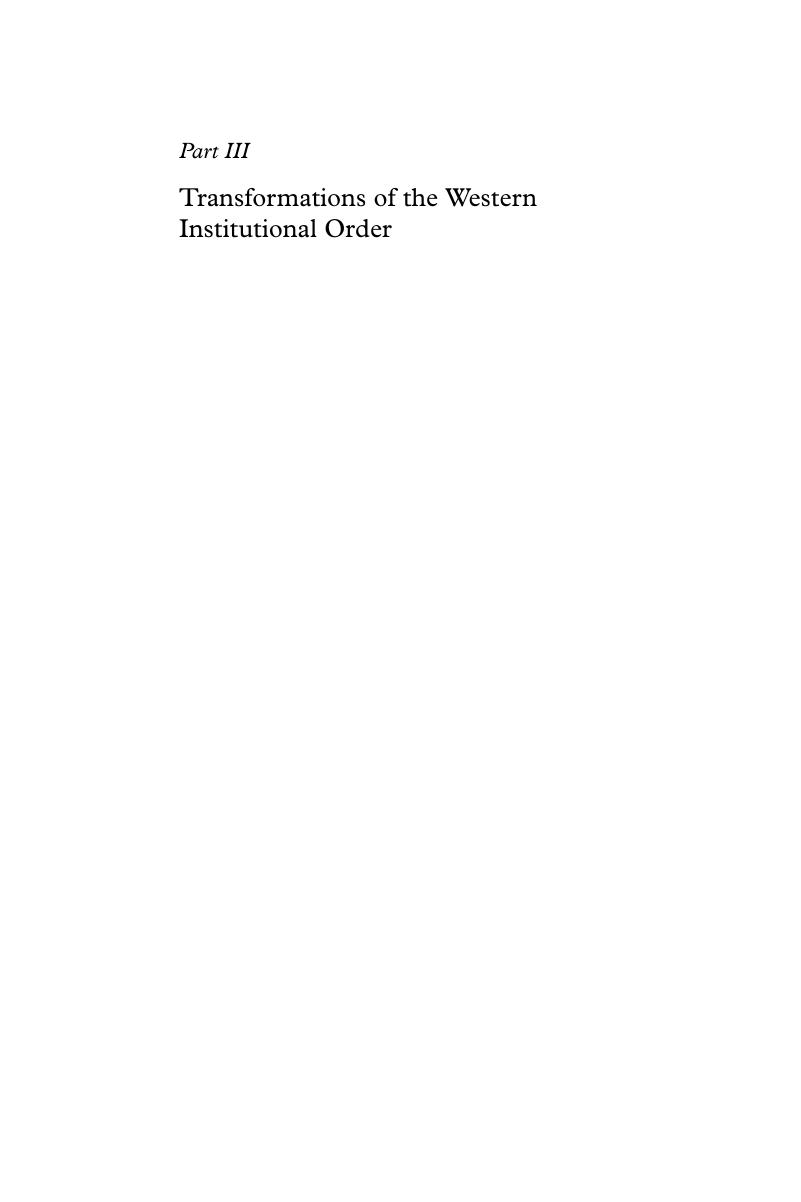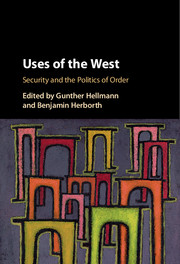Part III - Transformations of the Western Institutional Order
Published online by Cambridge University Press: 20 January 2017
Summary

- Type
- Chapter
- Information
- Uses of 'the West'Security and the Politics of Order, pp. 229 - 300Publisher: Cambridge University PressPrint publication year: 2016

